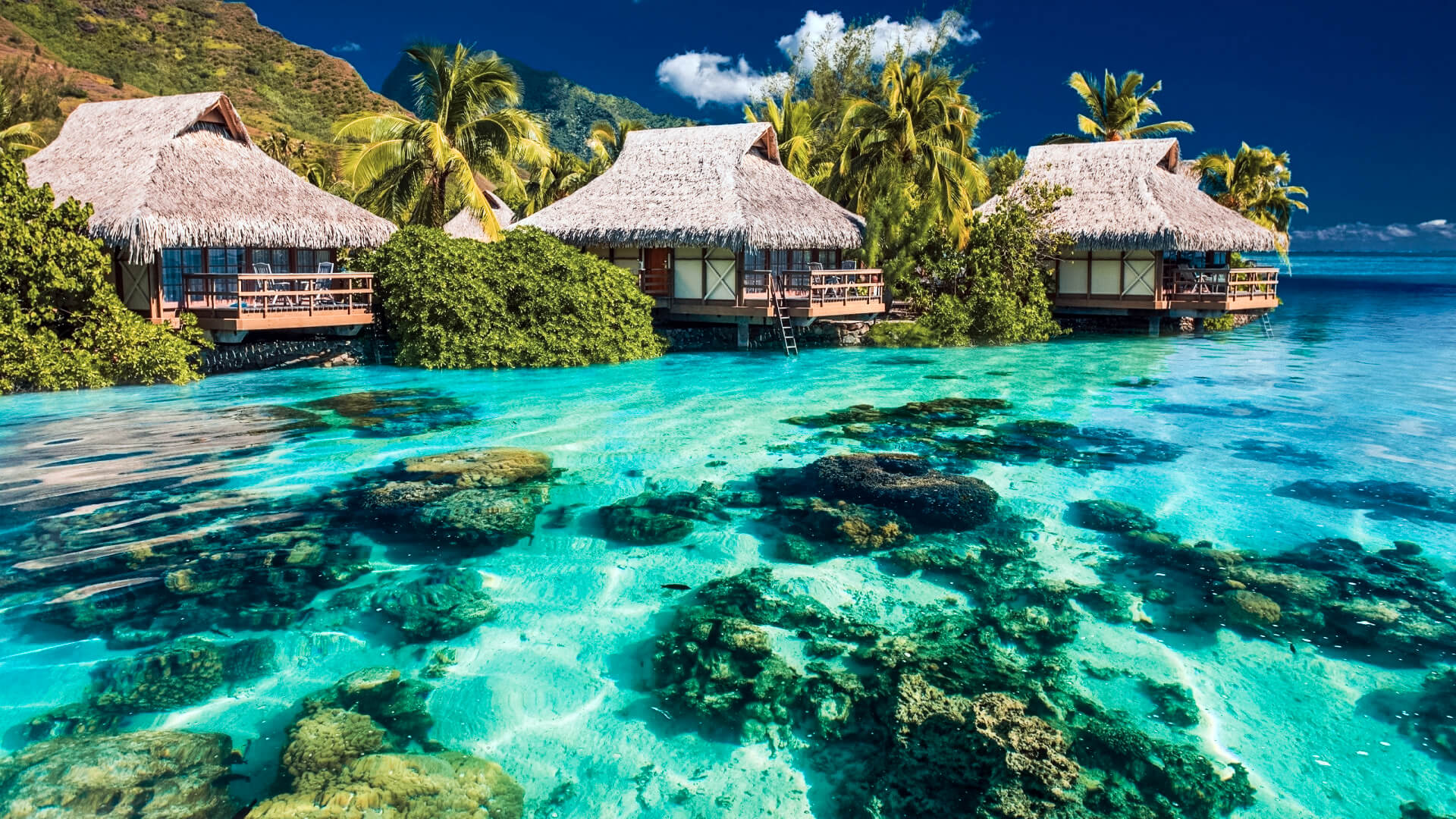Barbados is a sovereign island nation located in the Americas’ Lesser Antilles. It is 34 kilometers (21 miles) long and up to 23 kilometers (14 miles) wide, encompassing an area of 432 kilometers square (167 sq mi). It is located in the western North Atlantic, about 100 kilometers (62 miles) east of the Windward Islands and the Caribbean Sea; it is approximately 168 kilometers (104 miles) east of Saint Vincent and the Grenadines and 400 kilometers (250 miles) north of Trinidad and Tobago. Barbados is located outside the main storm belt of the Atlantic Ocean. Bridgetown serves as the capital. Barbados is located about 1,600 miles (2,600 kilometers) southeast of Miami.
Barbados has been inhabited by the Kalinago people since the 13th century, and by other Amerindians before to that. In the late 15th century, Spanish navigators arrived and claimed the island for the Spanish Crown. It originally appears on a 1511 Spanish map. The Portuguese visited the island in 1536 but left it unclaimed, leaving only wild pigs to provide a steady supply of meat whenever the island was visited. The Olive Blossom, an English ship, landed in Barbados in 1625 and was seized by her crew in the name of King James I. The first permanent inhabitants arrived from England in 1627, and the colony became an English colony, and subsequently a British colony.
Barbados gained independence and Commonwealth realm status in 1966, with the British Monarch (now Queen Elizabeth II) serving as hereditary head of state. It has a population of 280,121 people, the majority of whom are of African ancestry. Barbados, although being an Atlantic island, is regarded to be a part of the Caribbean, where it is a popular tourist destination. 40% of tourists come from the United Kingdom, with the United States and Canada following closely after. Barbados was rated joint second in the Americas (after Canada and equal with the United States) and joint 17th worldwide in 2014 by Transparency International’s Corruption Perceptions Index (after Belgium and Japan, equal with the U.S., Hong Kong and Ireland).


